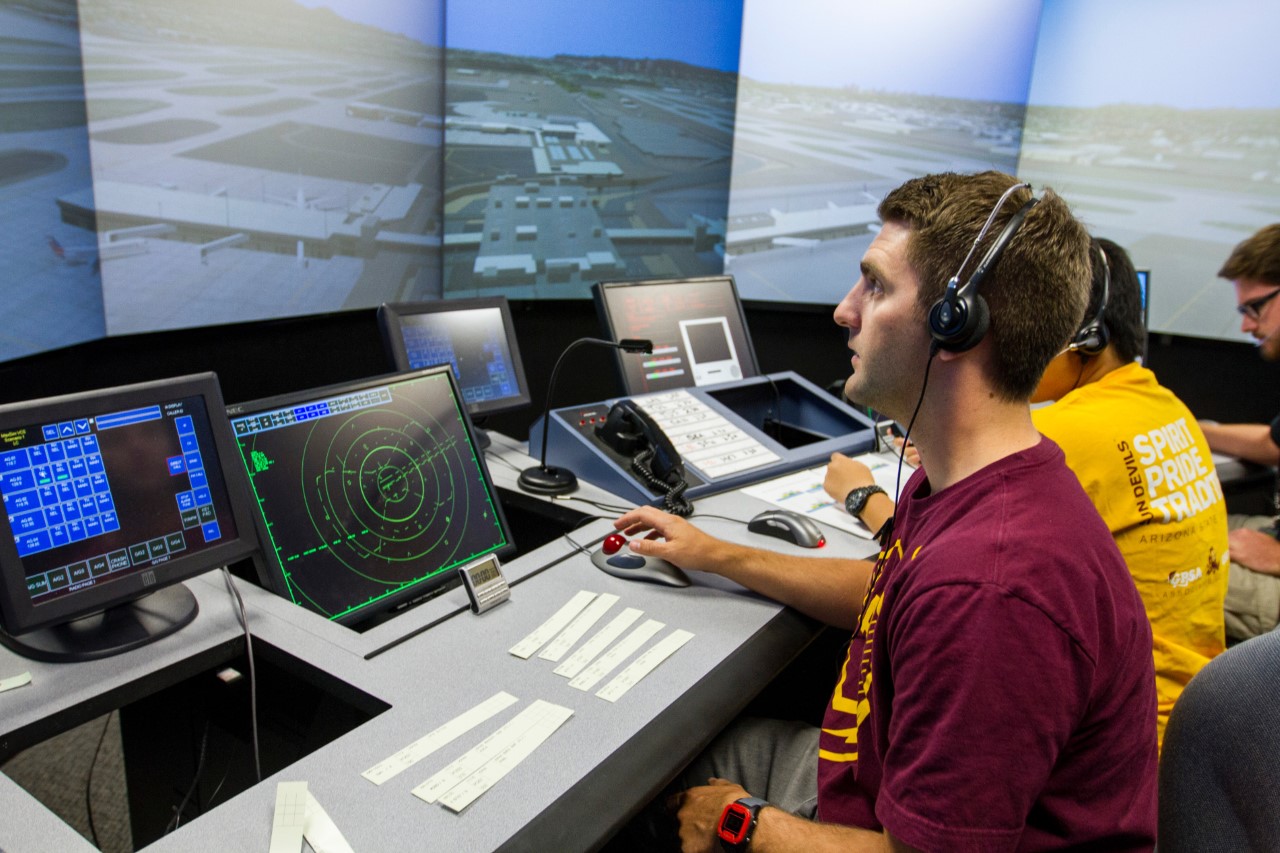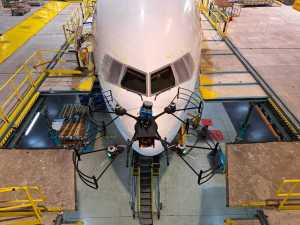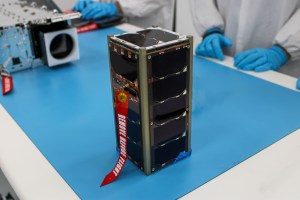Editor’s Note: This interview, which was edited for brevity and clarity, helps mark the conclusion after five years of the first round of research by teams participating in NASA’s University Leadership Initiative (ULI). Learn more about ULI’s first round here.
The project studied ways to handle and analyze data generated by air traffic management to predict real-time aircraft and airspace safety. In the future, the network of airspace, airports, and support infrastructure known as the U.S. National Airspace System will see a growth in number of flights and include many kinds of aircraft and operators. Finding more efficient ways to manage the information flow is an important step in the evolution of our future skies.
Why did you choose to propose to ULI? It’s not a typical grant.
One of the most important reasons is the mechanism and management for ULI is very different. It’s more flexible for the university team to explore new ideas and manage the research topics on the fly.
What did your research accomplish? Was it what you expected from the start?
We enhanced air traffic safety by leveraging physics simulation and artificial intelligence. We achieved what we proposed and expected at the proposal stage, but also achieved much more. The external advisory board contributed many new insights, and we adjusted the research plan to investigate those suggested by domain experts.
How did your students contribute?
Many students with vastly different backgrounds from different groups worked together towards the central goal. One example is the integrated study by students on human reliability experiments, advanced data analytics, and air traffic simulation. Two graduate students at ASU conducted experiments gathering data on human performance as it relates to air traffic management and communications. They received help from another group of students working on artificial intelligence and machine learning to interpret their data and help predict air traffic controllers’ behavior during extreme events. Each group learned a lot from the other, which wouldn’t happen without this ULI support.
What was the coolest surprise along the way?
We started by investigating commercial air transportation, but the achievements seem to have a significant impact and application for urban air mobility and infrastructure safety issues. Our achievements can be implemented in other fields.
Following ULI, what comes next?
I led a state-sponsored center of three public universities to expand the ULI to other important communities, such as urban air mobility and transportation infrastructure safety. I am currently leading a team of more than 20 faculties for a seed grant for a potential center-scale proposal to NASA, the National Science Foundation, and Department of Transportation.


































